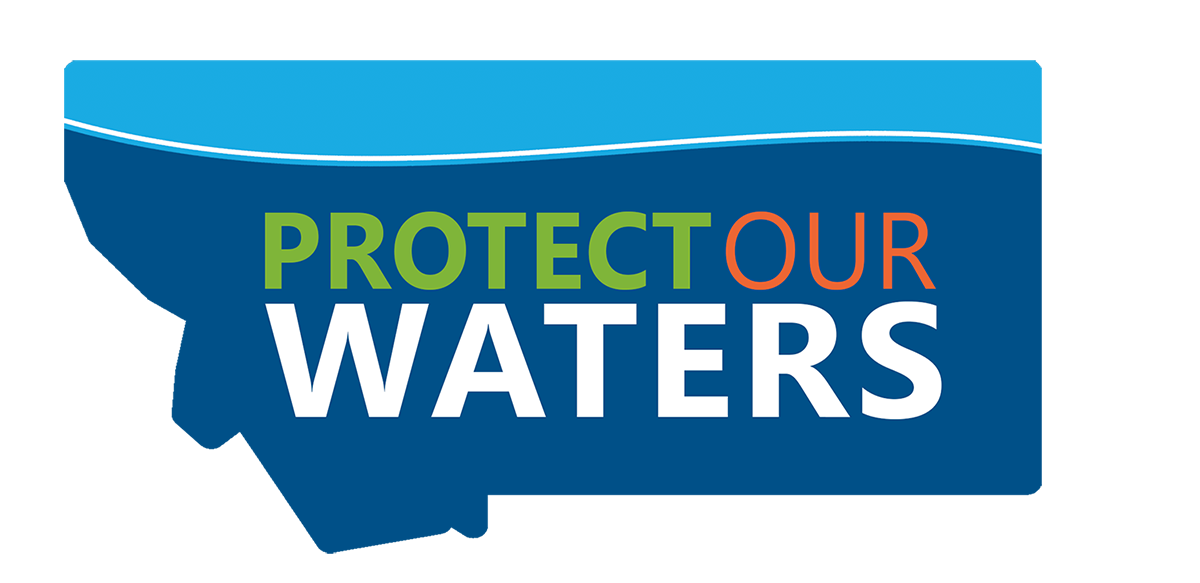
Montana Draft AIS Strategic Plan Objectives, Strategies and Actions
|
The Aquatic Invasive Species (AIS) program in Montana has undergone significant changes in recent years and the state’s AIS Strategic Plan (Plan) is now out of date. Montana Fish Wildlife and Parks (FWP) and partners from around the state have identified a number of needs and initiatives for future program development. To help inform this process, an AIS Summit was convened in late 2019 to identify needs for the AIS program and to help inform an updated AIS Strategic Plan. Input from partners who attended the AIS Summit is included in the following objectives, strategies and actions that will be evaluated for inclusion in the updated Plan.
State Plans are guided by the Aquatic Nuisance Species Task Force (ANSTF) and the US Fish and Wildlife Service (USFWS) https://www.anstaskforce.gov/stateplans.php. The ANSTF provides a framework for Plan development and provides funding through the USFWS to help implement the Plan.
Partner and public input are important for the development and implementation of the Plan. This draft is a first step to solicit partner input on the objectives, strategies and actions. Feedback on these items will inform the drafting of the full Plan which will be made available for public scoping during the 2021 season. Meetings to discuss updating the Plan will be held with interested partner groups to ensure concerns and needs are addressed. Please provide feedback, ideas and input here:
Partner and public input are important for the development and implementation of the Plan. This draft is a first step to solicit partner input on the objectives, strategies and actions. Feedback on these items will inform the drafting of the full Plan which will be made available for public scoping during the 2021 season. Meetings to discuss updating the Plan will be held with interested partner groups to ensure concerns and needs are addressed. Please provide feedback, ideas and input here: